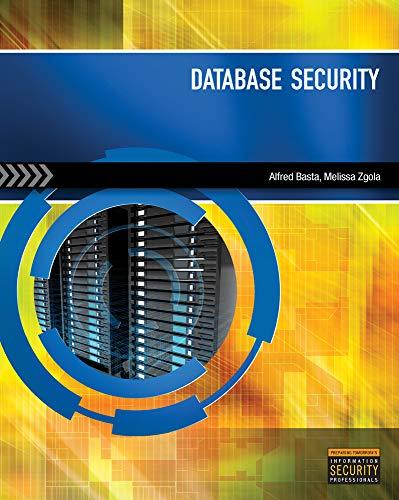Question
1) Consider a 1-byte floating-point system with 1 sign bit, 4 precision bits (for the mantissa), and 3 exponent bits corresponding to: $beta=2, p=4, e
1) Consider a 1-byte floating-point system with 1 sign bit, 4 precision bits (for the mantissa), and 3 exponent bits corresponding to: $\beta=2, p=4, e \in \{-4,-2,-1,0,1,2,3\}$. In the template file, insert code to implement the `digits_to_num` function that computes the represented number corresponding to a specific set of parameter values. Assume that all input values are of the appropriate type (i.e., `digits` is an array of integers and the other arguments are integers). The `p1()` function will call your implementation to produce values including the largest and smallest representable values? What should those values be? Check that your code produces the appropriate values.
__________________
Coding part
def digits_to_num(sign, exponent, digits, beta = 2): -> ''' -> args: -> sign: 0 for positive, 1 for negative ->exponent: integer exponent value ->digits: array of integers each in range (0, beta - 1) ->beta: positive integer representing the base
return: value of represented number '''
Step by Step Solution
There are 3 Steps involved in it
Step: 1

Get Instant Access to Expert-Tailored Solutions
See step-by-step solutions with expert insights and AI powered tools for academic success
Step: 2

Step: 3

Ace Your Homework with AI
Get the answers you need in no time with our AI-driven, step-by-step assistance
Get Started


